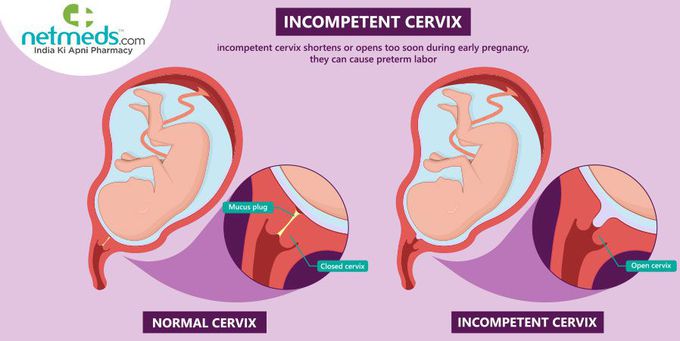


How is incompetent cervix managed or treated
The goal of treating incompetent cervix is to help you stay pregnant as long as possible. Because it’s hard to diagnose, knowing the risk factors are extremely important. Your provider will decide which treatment is best for you based on your condition and medical history. Cervical cerclage A procedure called a cervical cerclage is one way pregnancy care providers try to prevent premature labor. It involves sewing your cervix shut. Cerclage procedures typically happen at around 12 to 14 weeks of pregnancy. Then, around 37 weeks of pregnancy, your provider removes the stitches so a vaginal delivery is possible. Your provider may recommend cerclage if: You have a history of miscarriage in the second trimester. You’ve had a cerclage in past pregnancies. Not everyone can have a cerclage. Your provider will not perform the procedure on you if: You’re pregnant with twins, triplets or more. Research shows no improvement in the risk for preterm delivery if you’re carrying more than one fetus. Your cervix has already dilated 4 centimeters. Your membranes have ruptured (your water has broken). Progesterone supplements If you have risk factors for incompetent cervix, your provider may recommend taking progesterone supplements beginning in your second trimester. Increased monitoring with ultrasound If you have risk factors for cervical insufficiency, your pregnancy care provider may decide to monitor the length of your cervix using ultrasound up until about 24 weeks of pregnancy. If your provider notes changes to your cervix’s length, they may recommend a cerclage. Cervical cerclage can only happen until about the 24th week of pregnancy.

